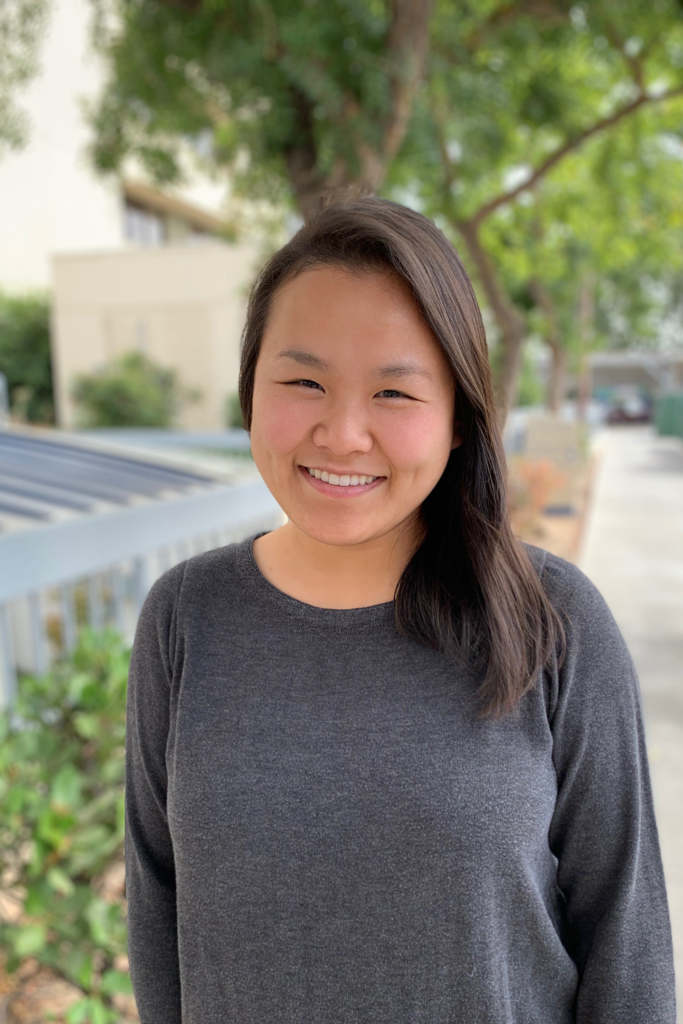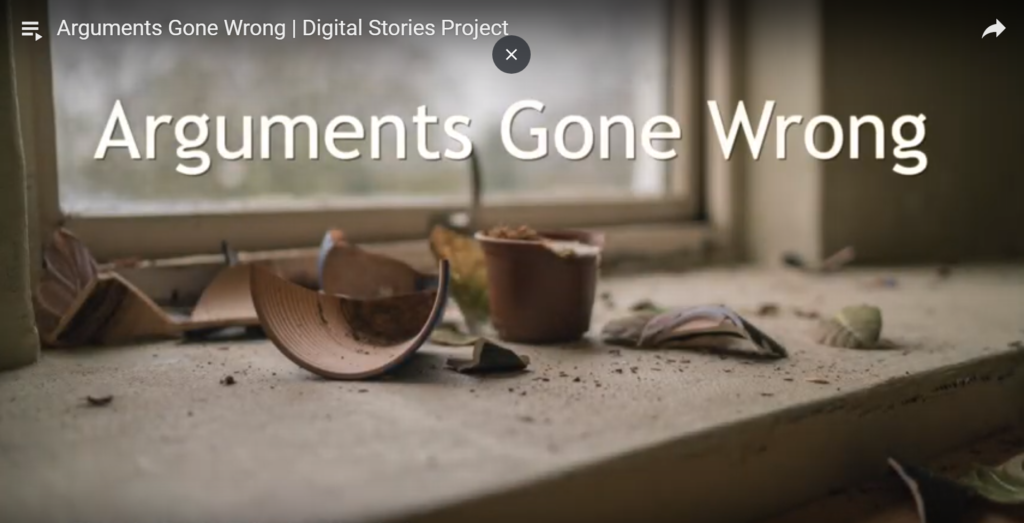These past couple of years, I have been working on being an effective storyteller, for myself and for my students. Telling stories connects us to one another, sustaining our humanity. Our stories are snippets of moments in our lives, helping us understand ourselves and those who dwell in them.

Judy Her Duran
As I think about my stories, I am inevitably reminded of the traumas from my childhood. I have an image of my mother sitting against the door, helpless, her head bleeding, as my father loaded us into his pickup truck, taking us to one of his relatives after an evening brawl with my mother. I still feel the held-back tears inside our white Chevy Lumina as we were on our way to my elementary school, when my mother told us that one day we were going to come home from school, and she would not be there anymore. These images of violence and feelings of fear often flicker through my mind, like an old reel running through a film projector.
This past year of teaching middle school to mostly English learners, I heard the many traumas in my students’ lives. One student came to school afraid that her single mother might be put in jail, and she didn’t know what would happen to her and her siblings. Another shared why he was so exhausted: He had been in the ER all night because his uncle got shot.
I contacted the school counselor because another student had been coming into class feeling sick, feeling like he needed to throw up, because of the stress at home. In a writing piece, which I also sent to the counselor, he wrote: “When I was little everything was better [no] one was mad at each other everything was good. Until my mom cheated. … When they got [divorced] everything went [down spiral] when my dad got a new girlfriend she would always say that I’m not normal, and that [would] make me sad. When my mom got a new boyfriend he was nice to me but sometimes get mad at me. Till this day everything is still bad. the end”
My lesson for the day becomes minute and diminished in the midst of these situations. How do I expect a child to “learn” when they are physically, mentally and emotionally overwhelmed by all that is going on outside of my classroom?
Pediatrician Nadine Burke Harris, the first and current surgeon general of California, has discussed the negative effects of persistent childhood trauma: “Children are especially sensitive to this repeated stress activation, because their brains and bodies are just developing. High doses of adversity not only affect brain structure and function, they affect the developing immune system, developing hormonal systems, and even the way our DNA is read and transcribed.”
As educators, we must provide the space and time in our curriculum to “witness” the difficult stories that our students bring with them into the classroom. The Digital Stories Project, a unit I created for students to share personal narratives, validates students’ emotions and lived experiences. The project compels students to reflect on their lived experiences and acknowledges their perspectives without making judgments. It asks teachers to embody a reflexive stance in using digital video technology to represent sociocultural realities. By being reflexive, we are evaluating our positions of privilege and our implicit biases, which helps us develop an asset-based approach to learning without patronizing our students or pathologizing their lived experiences.
The first time I facilitated this project in Selma during summer school, I witnessed the transformation of Ricardo. Ricardo struggled with writing and did not complete the written narrative before we started voice recording. Instead, he told me he had a story about how bullying has affected him, and I told him to go outside with his laptop to record it. On presentation day, he requested to go last. The lights were off, the room was dark, all eyes were on the screen, and then Ricardo’s voice became audible: “Always being called stupid, sometimes you feel like you are. And you don’t want to try anymore. I still have nightmares about it, being called retarded. It’s the reason why I can’t sleep. I tried taking medicine for it, but I can’t. It doesn’t work. My mom thinks that it’s just that I don’t want to sleep. And I don’t want to tell her the truth. And if I told my dad, he’d probably make fun of me about it. … I want to be treated like I matter. Like I actually exist.”
The moment his video finished, one of his classmates walked over and embraced him. I saw a shift in how others saw Ricardo and, most importantly, in how Ricardo saw himself. Toward the end of the day, Ricardo slipped me a handwritten letter, which read: “Thank you Mis. D. you help me get out of my shell and help me improve. Thank you you are one of my fravrit techer.”
Students leave this project and class knowing that their voices matter and their stories are valuable. The project brings people together because as we get to know each other’s stories, we learn to be more empathetic. One student wrote in her reflection, “I enjoyed making a spoken narrative because it feel good to let everything out, it also help people because then they will know how to handle the same situation you been through. Also what I really like about doing this is, when you open your mouth, you are also opening your heart, and knowing that someone truly hears what your feeling.”
– – – – – –
Judy Her Duran, Sanger Unified Teachers Association member, is an English language development teacher at Washington Academic Middle School in Sanger.
Read other stories in our special report “Teaching Through Trauma”:
Stories
- Teaching Students with Trauma: Practices that work
- A Culture of Compassion: What trauma-sensitive schools look like
- Phoenix Rising: Healing after natural disasters
- Crisis in Our Classrooms: Frightened, anxious immigrant students try to focus on education
- How COVID-19 Impacts the Undocumented
- Returning to Children’s Community Charter School in Paradise
- No Such Thing as a Bad Kid: Youth-care expert Charles D. Appelstein
- Taking Care of You, Too: Educator self-care is critical
- In Their Own Words: Helping students tell what they’ve lived
Resources
- How to help students after disaster
- Restorative practices that aid in trauma recovery
- Trauma Toolkit for Educators
- Helping our immigrant & undocumented students
- Know your rights with ICE
- Educator self-care tip sheet
- Defining trauma
- Symptoms of trauma
- Guidance from UC San Francisco’s HEARTS
The Digital Stories Project

The project uses the writing process to construct personal narratives, and then employs a video editing application (such as iMovie) to visualize these stories with images, voice and music. The goal is to empower students to share their stories and to learn from one another through these stories. To view samples of student work, visit bit.ly/wams-digital-stories.
The Discussion 0 comments Post a Comment